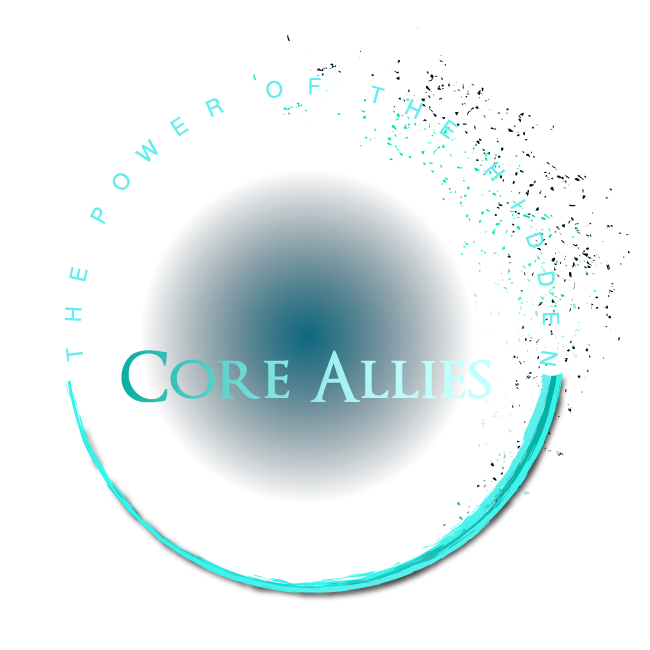Founding Partners
Kenya, 1999.
Why isn’t being a founder as easy as I expected?
The challenges of founding and building a new company are different from the challenges to growing an existing business. I partner with founders to embrace the challenges of identifying inflection points and managing business pivots, finding balance in the midst of hyper-growth, and helping with expected conflict between co-founders. Often many of these issues grow out of unconscious fissures that can grow into chasms as the pace of startup life takes over.
Tanzania, 1999.
What does it mean to be aligned as founders and partners?
A business partnership is like a marriage in many ways - and it can help to find a language that translates between partners. I often work with founding partners to uncover where they are aligned, where fissures indicate emerging conflict and how to find a path through it. By finding ways to build a common language, true alignment, and tools to work together, founders are able to move faster, more flexibly and to achieve more impact. With alignment comes the confidence and ability to take the bold moves so often needed in startup life.
Are you ready for your next stage of growth?
Across founder clients I see many inflection points of growth which create new demands on leadership and particularly on the founding team. Thoughtful planning and preparation will allow you to take advantage of opportunities as they come up, much like these cheetahs who are hunting for prey we can’t even see in the distance, but will become their dinner within an hour.
I work with clients to identify, anticipate and manage these transitions while continuing to deliver impact at pace and adapting to the new realities of the company.
Inflection points of leadership can include:
First hire/follower
Small team
Beyond single reporting line
Multiple leaders
Kenya, 1999.
United States, 2009.
Balance is a myth -
so what do you do?
‘Balance’ is an overused term in today’s media, yet for many it remains an elusive goal. Startups, in particular, can take over your life and challenge your sense of self and your commitment to family, friends, hobbies and much more.
Balance for the sake of balance is an unrealistic expectation that sets us up to fail. The focus and relentless drive required to build a startup can be all-consuming. At the same time, while building your company you need to retain your authentic self that allowed you to start the company in the first place.
I often work with founders to find not balance, but integration of life. This integration comes in many forms and allows them to pursue startup success while also accessing the true self that is critical to long term success. Enjoy what you have with moments of closeness like these ducks, who are surrounded by ice but connecting nonetheless. By creatively integrating what is important, you don’t have to sacrifice what you have to get what you want.
Case Studies
How do we thrive in rapid development mode?
I worked with the founder and CEO of a high tech startup in rapid development mode. In the first year alone the company pivoted its business model four times. Throughout the rapid pace and relentless push forward I made sure the company’s legacy and vision for the future weren’t lost in the immediate drive for traction, but did so in a way that allowed the company to still deliver on its results and key milestones.
United States, 1995.
United States, 1986.
Why did we start this company together?
I worked with two co-founders of a business who came to me in crisis when their relationship was strained to the breaking point. Meeting with each founder, we uncovered the hidden expectations and patterns that they carried and used them to unravel patterns of their own behavior that were leading to misunderstandings. We developed different tools and language that allowed each to communicate to the other in a way that could be understood. By building back the respect they had previously held for each other, we were able to move from animosity to joint understanding and they secured their first round of institutional funding shortly thereafter.






